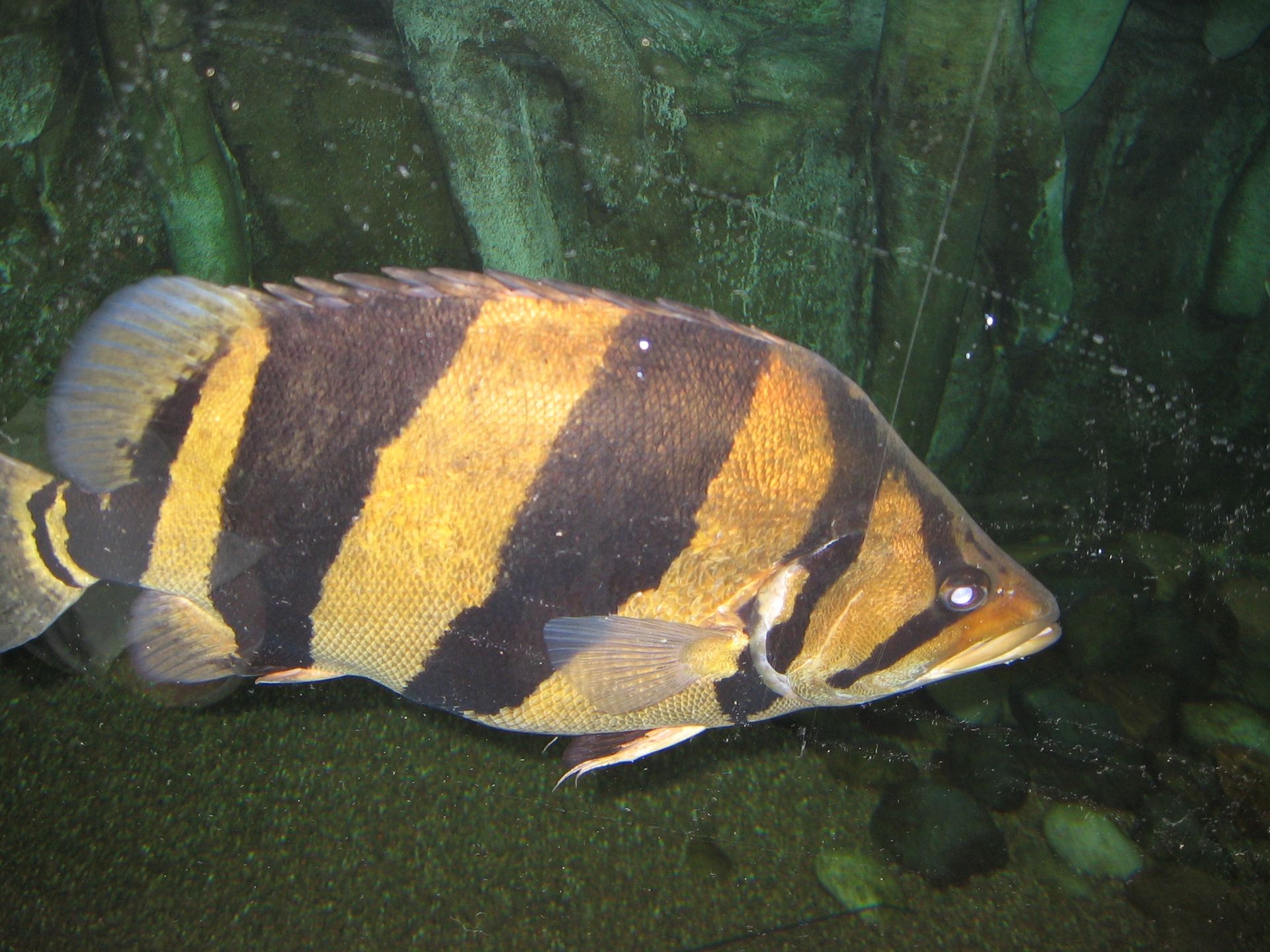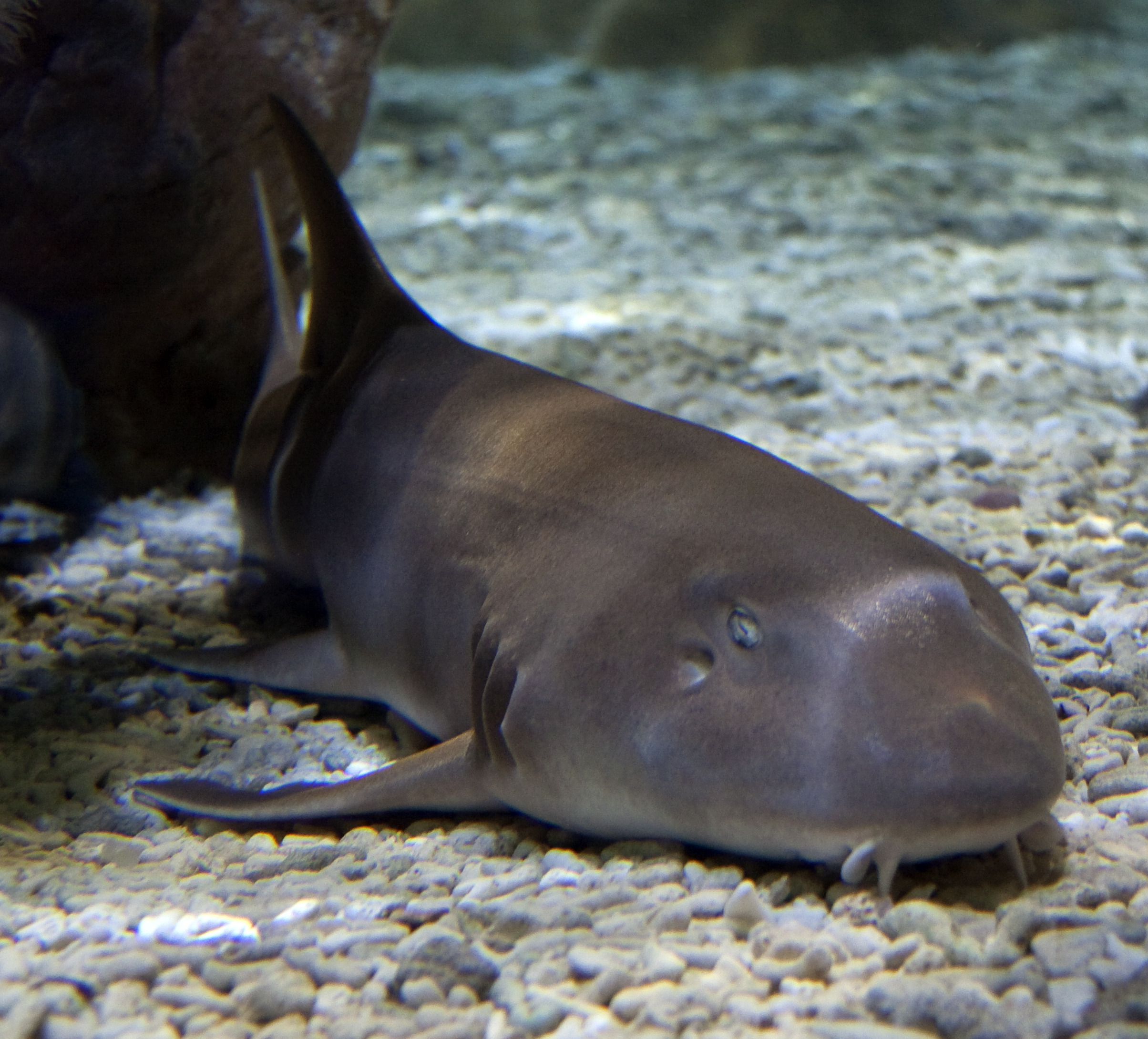Black Grills: Homage to the Asian Tradition of Blackened Teeth, Once a Mark of High Status
Courtesy of @sailorr Sailorr and Molly Santana’s black grills fuse hip-hop swagger ...

Marine biodiversity is facing threats, with many species edging towards extinction due to overfishing, habitat destruction, and climate change. This issue is particularly pressing in Thailand, where several seafood species are now endangered.

Fine dining establishments are increasingly mindful of sustainability, and are steering clear of these endangered creatures. Protecting marine biodiversity is crucial, especially when it comes to the seafood we consume.
This article covers some of the endangered seafood species in Thailand, underscores the importance of sustainable fishing, and offers guidance on how consumers can make better choices to support the preservation of marine life.
The information on endangered seafood species in Thailand is derived from sources such as the International Union for Conservation of Nature (IUCN) Red List, research articles, and conservation organisations. These sources provide data on the global conservation status of species.




Photo: Courtesy of iNaturalist



Photo: Courtesy of Charles J. Sharp
Photo: Courtesy of Willie Creek Pearl Farm

Photo: Courtesy of Steven Purcell
Photo: Courtesy of edgeofexistence

Photo: Courtesy of Tony Hisgett

Photo: Courtesy of iNaturalist
Sustainable fishing practices are essential to maintain healthy marine ecosystems and protect biodiversity. Conservation efforts include habitat protection, fishing regulations, and breeding programs. By supporting sustainable fisheries, we can help ensure the livelihoods of local fishing communities and promote long-term economic health.

Sustainable seafood is often fresher and free from harmful chemicals and antibiotics commonly used in unsustainable aquaculture. By making informed choices, consumers can contribute to the preservation of marine species and their habitats.
To protect endangered species, adopting sustainable seafood practices is vital. Here are some steps and alternative options to consider:
Choose seafood from local fisheries that follow sustainable practices. These fisheries often employ methods that minimise bycatch and habitat damage, ensuring a healthier marine environment.
Opt for abundant and responsibly farmed species such as tilapia, barramundi, mussels, and farmed oysters.
Prefer seafood caught using sustainable methods such as pole-and-line, handline, and troll fishing. These methods have less impact on the marine environment compared to more destructive practices like trawling.
Look for seafood certified by reputable organisations such as the Marine Stewardship Council (MSC) or Aquaculture Stewardship Council (ASC). These labels indicate that the seafood has been sourced sustainably, giving consumers confidence in their choices.
Courtesy of @sailorr Sailorr and Molly Santana’s black grills fuse hip-hop swagger ...
Wandering around the globe, try out the signature tastes of cultures across ...
These top 5 barber shops in Bangkok are where gentlemen can elevate ...
Pets, as cherished members of our families, deserve rights and protections that ...
While traditional TV shows are serving us endless boy-meets-girl tales. Thailand has ...
In Bangkok’s food scene, nothing stays the same for long. Discover the ...
Wee use cookies to deliver your best experience on our website. By using our website, you consent to our cookies in accordance with our cookies policy and privacy policy